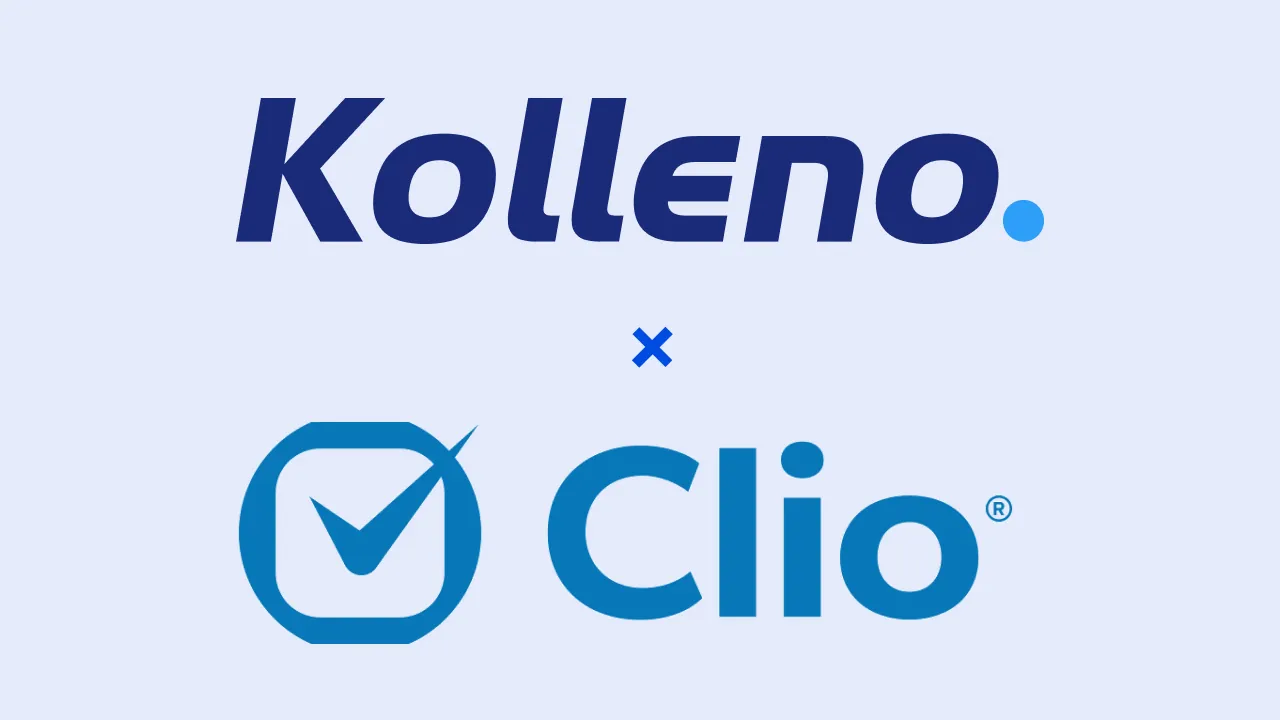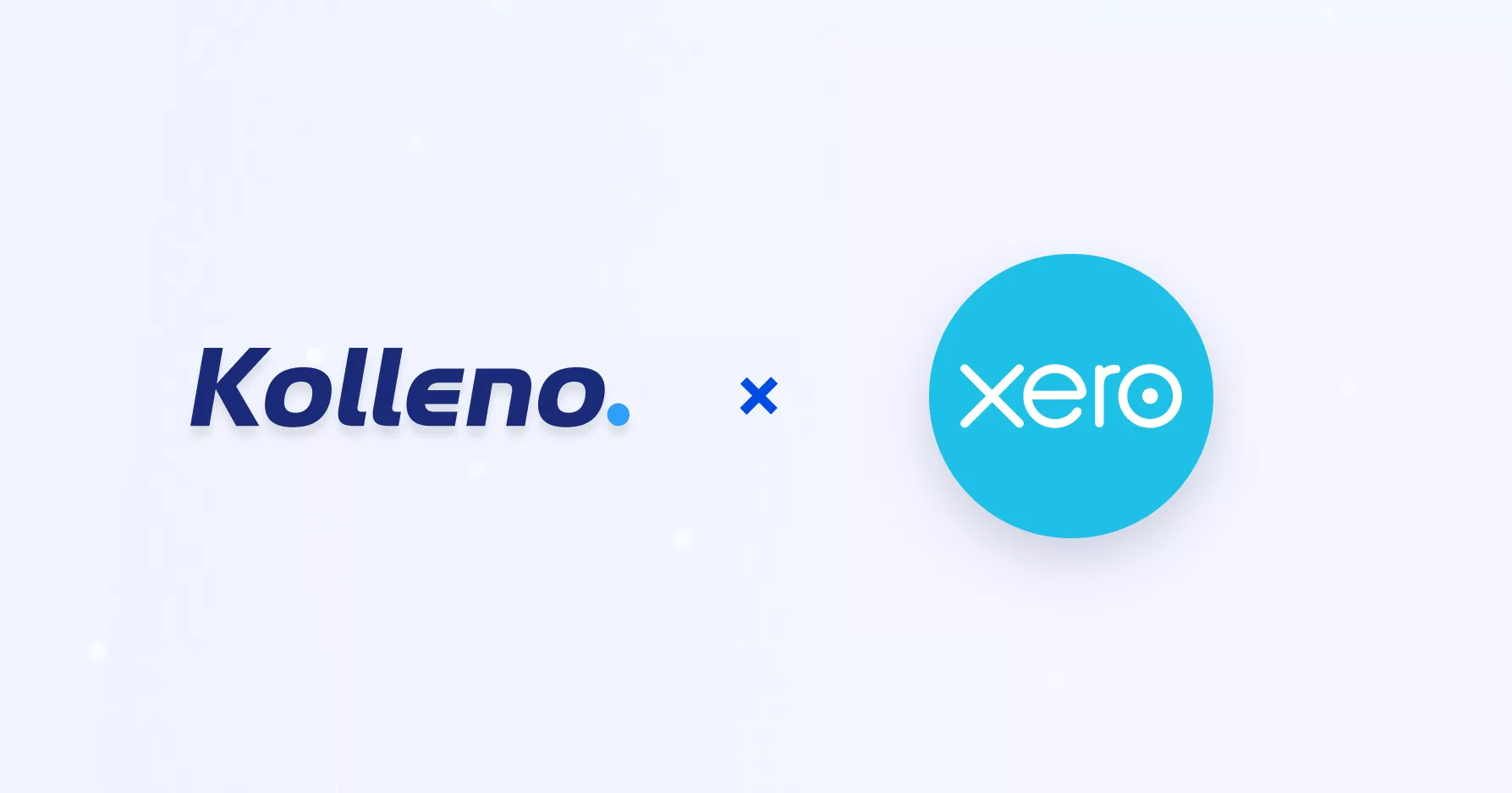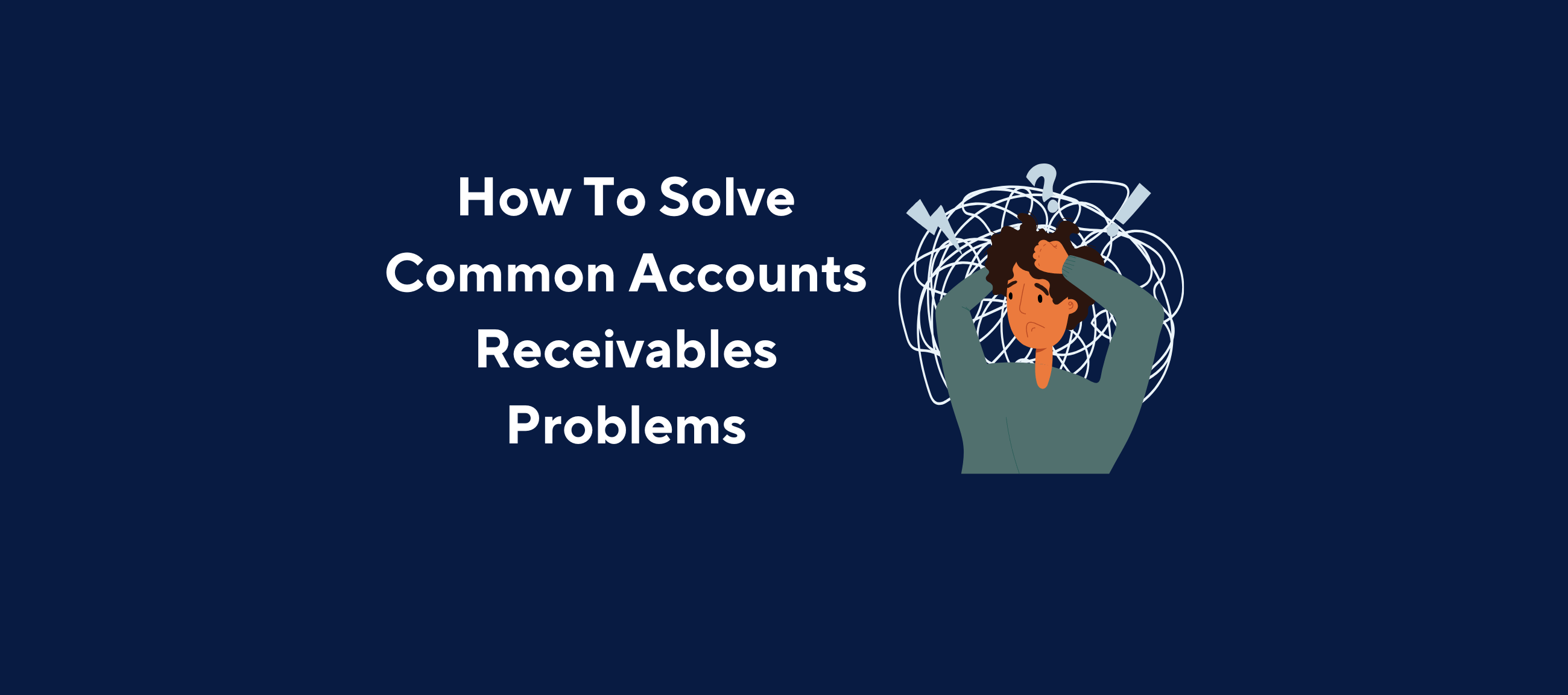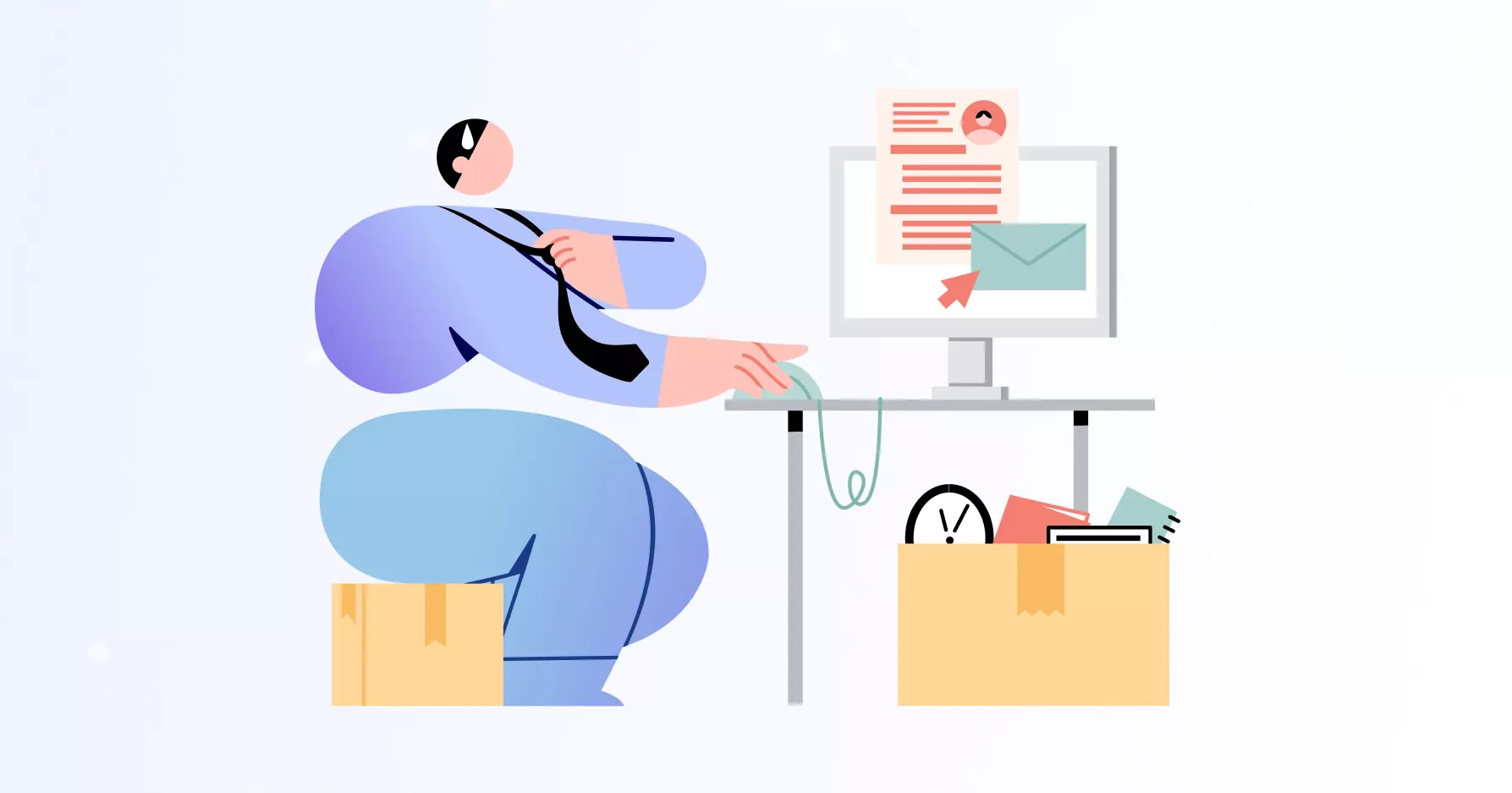Having a proper accounts receivable collection process for your company is essential for a variety of reasons, as it can impact every aspect of the company’s performance. If your business is not managing its delinquent payments well, the company may run the risk of having insufficient cash on hand to sustain its operations. Meanwhile, the business may experience friction with its investors and customers when invoices are left overdue for a long time.
The accounts receivable collection process usually comprises a lot of steps, many of which involve having to contact and work with customers in an attempt to help them pay their bills as soon as possible. Even though many of these steps appear trivial on paper, there are a wide array of obstacles to executing them effectively. This thereby creates a series of challenges for the company.
Developing and implementing an efficient and practical accounts receivable collection process is an excellent strategy to help sustain strong working relationships with customers, increase the company’s operational cash flow, as well as reduce time-consuming tasks within the accounts receivable department.
In the majority of cases, employing technological solutions such as accounts receivable accounting software is a practical approach to alleviating bottlenecks in the payment collection process.
Although companies could deploy their best efforts to understand their customers and offer the most appropriate credit terms and period, it is still entirely possible for things to go wrong during the payment collection procedure. As not every customer will be settling their invoices punctually, establishing an internal system to manage a firm’s accounts receivable that are past due is a necessary component of the company’s operations.
To assist companies with such initiatives, Kolleno provides intelligent accounts receivable software to enhance the companies’ decision-making quality greatly. If you are a finance professional looking to upgrade your accounts receivable collection process, contact Kolleno for an insightful product demo.
What Are Accounts Receivable Collections?
In essence, accounts receivable are the money that the customers owe to a company for the products and/or services that it has delivered prior to their payments. It is considered a type of current asset that needs to be recorded in the company’s balance sheet for proper bookkeeping practices.
On that note, accounts receivable collections, as its name suggests, is the process by which a firm initiates the payment collections for any unsettled invoices in an attempt to convert customer credits into cash. In the majority of cases, companies would usually offer a credit period ranging between 30 and 90 days to safeguard a healthy operational cash flow for their business operations.
What Are the Typical Challenges Surrounding the Accounts Receivable Collection Process?
Although the concept of the accounts receivable collection procedure may appear relatively straightforward on paper, executing it effectively is usually far more challenging as there are many uncertainties surrounding the process of trying to collect overdue payments from customers.
To begin with, companies might experience challenges when attempting to maintain an up-to-date database of customer contact details. To provide a few examples, the customer may have relocated its headquarters to another country, the initial point-of-contact for the customer could have resigned without conducting a proper handover process, or in the worst possible case, the company could have discontinued its operations and thereby cease to exist without the supplier’s knowledge.
On top of that, businesses that successfully overcome data inaccuracy issues could encounter other obstacles, too, with a notable example being prolonged discussions with customers during the accounts receivable collections process. In specific scenarios, some businesses have reported difficulties in managing their relationships with customers who may have unreasonable demands or excuses. In exceptional cases, the customers might struggle with cash flow-related challenges. These, as a result, generate more “speed bumps” during a company’s accounts receivable collection journey, thereby further complicating and impeding the entire process.
How Can Businesses Improve Their Accounts Receivable Collection Procedure?
Payment collections are undoubtedly challenging as many aspects of the accounts receivable collection process are vulnerable to inaccuracies or issues beyond the company’s control (such as customers defaulting on their payments).
Nonetheless, there are several practical tips that accounts receivable professionals could consider adopting to strengthen their internal protocols:
Establish a System for Managing Invoices and Payments
Prior to taking any action to collect a long overdue payment, businesses will need to showcase the evidence that the customer has received their invoice beforehand and that the company has provided a reasonable number of payment options in advance.
With that, there are several things that companies could adopt to streamline their payment processes, with the employment of electronic invoicing and payment options like credit cards and automated clearing house (ACH) bank transfers being notable examples.
Meanwhile, companies could also consider automating their invoice management processes using accounts receivable collection software solutions. In particular, such solutions may help finance departments deliver customer invoices when a product and/or service has been delivered. This, in turn, safeguards the customers from receiving an unexpected surprise with the incoming bills and subsequently being ready to pay for them. In a nutshell, investing in the appropriate technology can undoubtedly help companies simplify their accounts receivable processes and dramatically alleviate the many pain points faced during the journey.
The smart credit control platform, Kolleno, offers numerous digital tools, including its simplified payment process, analytics, and invoice management tools, to help finance professionals automate their day-to-day tasks.
Devise an Improved and Customised Accounts Receivable Collection Strategy
If you happen to be a company that employs an ad hoc or reaction-oriented strategy to manage your accounts receivable collection process, it would be wise to take some time to re-evaluate and improve the underlying system. More specifically, having a regular collection protocol can significantly enhance the quality of internal as well as external communications and subsequently aid businesses in their speed of responding to long-overdue invoices.
One method in which businesses could review their accounts receivable collection process is by categorising their customers based on their respective payment volumes and patterns. For instance, companies serving large enterprises would most likely need their accounts receivable unit to adopt a high-touch communication approach to managing their customer relationships. On the other hand, firms serving smaller customers could arguably manage their relationships using automated messages when attempting to address minor issues.
Besides that, the accounts receivable management team could also process payment reminders based on the customers’ payment balances instead of invoices so that customers with several invoices can obtain a high-level, consolidated view of how much they owe the company. Furthermore, businesses could consider automating the delivery of the first late payment reminders, followed by sending more personalised reminders, later on, containing manually written messages that address the customer’s individual circumstances.
Alternatively, companies may also set specific credit terms incentivising customers to make early payments. Nevertheless, it is usually recommended that businesses ought to strike a delicate balance between solutions that utilise automation versus those that prioritise customisation.
Make Sure That the Company Is Delivering a High-Quality Customer Experience
In a nutshell, over-automating your payment reminders is one of the fastest ways to annoy customers and drive them away. Therefore, it is imperative to develop empathy for your customers and avoid over-engineering systems that create unnecessary friction in your customer relationships.
On top of that, showing your customers that you are approachable and easy to work with is one of the subtle yet powerful strategies that any accounts receivable professional can adopt to build a close-knit working relationship in the long run.
Ensure That the Entire Company Is Well-Aligned on the Accounts Receivable Collection Protocol
All in all, every employee across the firm must have a clear understanding that payment collection is not merely a supportive role but rather a critical component of the company’s relationship with its customers.
As such, the people responsible for the accounts receivable collection process ought to involve more than just the accounts receivable management team. For example, it would be beneficial to keep every client-facing department, such as those in the sales divisions, in the loop to maintain regular communication with customers and to ensure that the entire firm has an in-depth understanding of the customer’s circumstances. With this system in place, everyone in the firm would be on the same page, which could significantly increase the efficiency as well as the efficacy of the accounts receivable collection process. Moreover, such a management approach may also help team members look out for one another to prevent expensive mistakes, whether financial and/or reputationally.
Should it become necessary, companies should also consider recruiting branch managers in specific regions to assist in the accounts receivable collection efforts. In the majority of situations, the employees closest to the customers would possess the best capability to speed up the payment collection process.
Prioritise the Company’s Accounts Receivable Collection Efforts
Put simply, it is conducive for businesses to review the performance of their key accounts receivable by clients and categorise them strategically to improve the collection process efficiency. Some of the metrics that may be beneficial for managers to track include:
The ageing report.
Accounts receivable professionals could utilise this piece of data to identify delinquent customers that the firm ought to prioritise in their payment collection efforts. In essence, the longer the credit period has passed, the more difficult it will be for the company to recover the unpaid account balance successfully. Thus, accounting professionals can then determine which customer accounts they could attempt to contact as well as those that they could consider outsourcing to a collection agency to manage. Not to mention, the ageing report might also help companies identify the customers that they could quickly follow up with to accelerate the settling of invoices sooner.
The ageing report for each account manager.
By studying the ageing customer payment balances based on the account manager responsible for it, firms can thereby determine if any inefficiencies within the firm are causing delays to the accounts receivable collections process. For instance, should there be an accounts receivable employee who is facing difficulties settling unpaid invoices, the manager can then offer the appropriate assistance to address the identified bottlenecks (e.g., by providing the necessary company training to the employee).
The mean payment delay.
Using this metric, companies would be able to pinpoint problematic customers, whereby those with a higher mean payment delay are expected to prolong their credit period. Therefore, this data set may guide business managers in devising strategic terms and conditions regarding upfront payment policies, payment options, and even the optimal frequency to deliver customer invoices in future dealings with the same customer.
Incentivise Customers to Pay Early via Discounts and Payment Plans
In general, companies could prevent the emergence of delayed payments alongside a time-consuming accounts receivable collection process by offering attractive discounts or exclusive perks to customers who pay on time. Besides that, businesses could also attempt to help customers struggling with inconsistent cash flow settle their debts by providing customised payment plans that align well with their financial state.
Proactivity is the True Secret Sauce
In a nutshell, developing and executing a proper accounts receivable collection system that permits your company to act on delinquent customers straightaway is one of the best strategies to minimise bad debts. Hence, companies must promote a culture of proactivity among their employees. For example, account managers could take the first step by reaching out to customers as soon as they can to offer gentle payment reminders before their due dates.
Alternatively, accounts receivable professionals could also consider practising effective communication with their customers regarding payment due dates as well as late payment penalties before they become delinquent so that customers are well aware of the firm’s expectations of them in advance.
Concluding Thoughts
In summary, the accounts receivable collection process, albeit it being an extremely crucial procedure, can be expensive, sensitive, time-consuming, and even frustrating for the finance department at times. As a result, many business owners may struggle to see the advantages of investing the necessary resources into optimising their collection processes.
However, neglecting such procedures could adversely affect the firm’s long-term performance. For instance, employing impersonal or aggressive tactics such as sending multiple payment reminders daily could unintentionally strain the company’s relationship with customers.
Thus, the good news is that there is a myriad of strategies companies could consider implementing in order to reduce the likelihood of unfavourable scenarios occurring. Plus, the wide diversity of payment collection methods means there is a high probability of firms finding an approach that best fits their needs and values.
Furthermore, there are a number of steps that companies could take to reduce the pain points encountered during this inevitable process. As a general rule-of-thumb, firms ought to regularly re-evaluate their accounts receivable collection process to pinpoint inefficiencies in the system, followed by devising solutions to address the identified problems. Other than that, it is also vital for account managers to constantly look out for opportunities to customise their payment collection process to suit both the company as well as their customers.
Fortunately, technological advances have resulted in the development of accounting software solutions that businesses could adopt to maximise the productivity of their collections process. Kolleno, for example, is a smart credit control platform designed to help accounts receivable professionals manage their payment collections process seamlessly.
Frequently Asked Questions (FAQs)
Is The Collection of Accounts Receivable a Type of Asset?
Yes, accounts receivable is a type of current asset as it is essentially the money that customers/clients owe to a business after the company has delivered its products and/or services prior to their payment. As a result, accounts receivable will be an element recorded in the company’s balance sheet.
Why Is Accounts Receivable Collection a Critical Process for The Company?
In essence, the company’s accounts receivable balance measures the amount of money that customers owe to the firm for the already-delivered goods and/or services, so studying this metric can assist investors in developing a more in-depth understanding of the overall financial stability and liquidity of a company.
What Is The Most Effective Accounts Receivable Collection Strategy?
Some of the simplest ways for companies to recover their accounts receivable faster is by initiating direct telephone calls to the customer. Alternatively, businesses could consider providing payment discounts and/or special perks to incentivise customers to settle their invoices before their due date.
- What Are Accounts Receivable Collections?
- What Are the Typical Challenges Surrounding the Accounts Receivable Collection Process?
- How Can Businesses Improve Their Accounts Receivable Collection Procedure?
- Establish a System for Managing Invoices and Payments
- Devise an Improved and Customised Accounts Receivable Collection Strategy
- Make Sure That the Company Is Delivering a High-Quality Customer Experience
- Ensure That the Entire Company Is Well-Aligned on the Accounts Receivable Collection Protocol
- Prioritise the Company’s Accounts Receivable Collection Efforts
- Incentivise Customers to Pay Early via Discounts and Payment Plans
- Proactivity is the True Secret Sauce
- Concluding Thoughts
- Frequently Asked Questions (FAQs)











